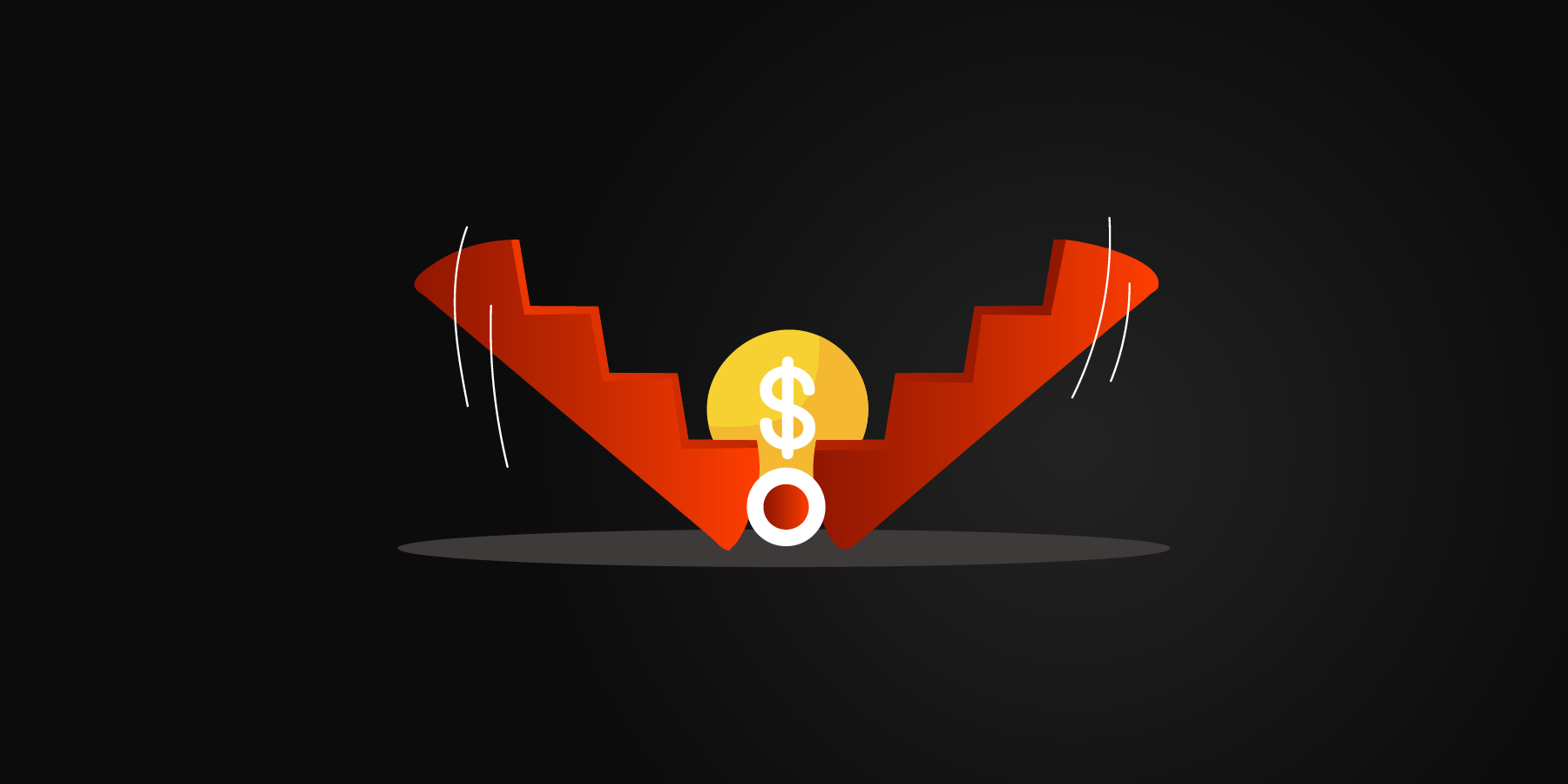Risk-Return Ratio: The Golden Rule of Asset Allocation
Fundamentals of Risk-Reward Ratio
Introduction to Risk-Reward Ratio
The risk-reward ratio, often expressed as the R/R ratio or simply R, is a metric that measures the relationship between the risk taken in an investment and the potential return. It tells us how much return is expected for every dollar invested. The essence of this ratio lies in assessing and managing risk to ensure the rationality of investment decisions.
Calculation Method
The method to calculate the risk-reward ratio is relatively straightforward: divide the maximum risk (i.e., the amount that could be lost if the trade goes against you) by the net profit target (the expected gain if the trade is successful). This process requires investors to clearly define the entry and exit prices of a trade, including setting stop-loss and profit targets.
Risk Management
Successful investors excel at defining their profit targets and acceptable loss limits before entering a trade. This practice helps investors stick to their strategy amidst market volatility, avoiding emotional decisions, and better managing risks.
Significance of the Ratio
The size of the risk-reward ratio directly relates to the attractiveness of the investment: the lower the ratio, the higher the potential return per unit of risk. Understanding and applying this metric can help investors control risks while pursuing profits, making more informed investment choices.
Practical Calculation of Risk-Reward Ratio
Basic Concepts
The risk-reward ratio is an important indicator for measuring the return on investment relative to the risk. It informs us of the amount of risk that needs to be undertaken for potential returns. This ratio is applicable not just to trades in financial markets like stocks, bonds, or cryptocurrencies but also to any investment decision by individuals or businesses.
Case Study Analysis
Taking a Bitcoin trade as an example, if an investor plans to exit with a profit when the market price rises by 15% and to stop losses when it drops by 5%, then the risk-reward ratio would be 5/15, or 1:3. This means, for every unit of risk, the investor expects to gain three times the return. For instance, with a $100 position, the maximum expected loss is $5, while the potential maximum gain is $15.
Setting Stop-Loss and Take-Profit
Setting stop-loss and take-profit points should be based on market analysis and technical indicators, not on whim or intuition. Correctly setting these points is key to risk management, helping investors limit losses in unfavorable markets and realize profits in favorable conditions.
Risk Management Strategies
Adjusting stop-loss points to lower the risk-reward ratio might sound like a good way to reduce risk, but it should be based on in-depth market analysis rather than simply aiming for a low ratio. Moreover, seeking trading opportunities with reasonable risk-reward ratios is more important than blindly chasing trades with high ratios.
Impact of Different Position Sizes
It's noteworthy that investments of different sizes have varying absolute potential gains and losses under the same risk-reward ratio. This indicates that the risk-reward ratio is a standardized proportion, useful for comparing the risk and return of investments of different scales and types.
Consideration of Reward-to-Risk Ratio
Some investors prefer analyzing the reward-to-risk ratio, which is just the inverse of the risk-reward ratio, based on personal preference. In our example, a reward-to-risk ratio of 3 means that for every unit of risk, an investor can expect a return three times that amount.
The Delicate Balance Between Risk and Reward
Risk and Reward
To illustrate the relationship between risk and reward, let's consider an extreme example: in a zoo, you have two options, one is feeding parrots and the other is feeding tigers. The former carries relatively less risk but offers a reward of 1 Bitcoin; the latter carries much greater risk, with only a slight increase in reward to 1.1 Bitcoins. Both options entail high risk, but the rewards are vastly different, revealing the disparity in potential gains across different levels of risk.
Asymmetric Opportunities
In the financial markets, investors look for asymmetric opportunities where the potential gains far outweigh the potential losses. These opportunities provide a more favorable risk-reward ratio, even in the face of higher risks. Like the example of feeding parrots versus tigers, the choice depends on an individual's tolerance for risk and desired return.
Importance of Win Rate
Win rate, or success rate, is a metric that measures the ratio of profitable trades to losing ones. A higher win rate means an investor frequently profits from trades. However, even with a low win rate, investors can still achieve overall profitability through well-managed risk-reward ratios.
Risk-Reward Ratio and Profitability
Even with a low win rate, investors can profit by finding trades with high risk-reward ratios. For instance, a strategy with a 1:10 risk-reward ratio could offset losses from nine unsuccessful trades with just one successful trade. Therefore, successful trading relies not only on the win rate but also on the potential risk-reward ratio of each trade.
Conclusion
This article provides an in-depth yet accessible exploration of the risk-reward ratio and its significance in investment decisions. Through specific case analyses, we've learned how to calculate the risk-reward ratio and control risk by managing stop-loss and take-profit points. We've also discovered the relationship between risk and reward and how optimizing returns through seeking asymmetric investment opportunities.
As financial markets continue to evolve, understanding and applying the risk-reward ratio becomes increasingly important. Looking ahead, investors should stay attuned to market dynamics and adjust their strategies flexibly to achieve the best balance between risk and reward. Ultimately, successful investing depends not just on choosing the right opportunities but also on effective risk management and decision-making wisdom.
Glossários populares
Leituras Relacionadas
Sem dados |
